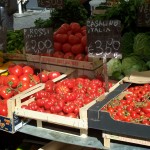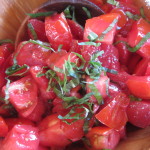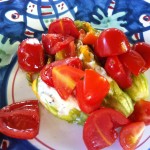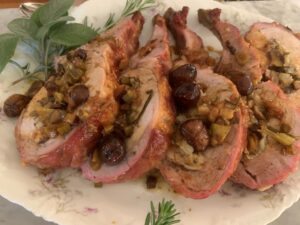 For the first time in years, this Thanksgiving we aren’t going to make our traditional oyster dressing for dinner. Instead, we’re returning to an old American classic dressing made with chestnuts.
For the first time in years, this Thanksgiving we aren’t going to make our traditional oyster dressing for dinner. Instead, we’re returning to an old American classic dressing made with chestnuts.
Having recently returned from Puglia and seen first-hand the destruction of the thousand-year-old olive trees made me think about America’s own incredible loss of trees, the American chestnut. It once dominated the forests of the east coast. The rot-resistent, strong wood was used for log cabins, telephone poles and railroad ties. At one time the Thanksgiving table was not complete without a dish that included chestnuts! Then at the turn of the 20th Century, a blight from Asia wiped out the trees completely.
Our grandmother’s valley in Campania, the Irpinia, is famous for chestnuts and many of those you find in the grocery store at this time of year come from there. They’re easy to find already cooked, peeled and vacuum packed from Asia.
Chestnuts can be boiled or roasted and are easiest to peel when hot. I like to throw whole, peeled chestnuts in the pan when the turkey is roasting, then scatter them on the serving platter around the sliced turkey. When roasted, they are perfect at the end of a meal with that extra glass of red wine and some clementines!
Whether boiled or roasted, chestnuts add a richness and meatiness to soups, stuffings and braised dishes and make holiday dishes seem extra special.
Below are two recipes: Chestnut dressing and chestnut soup. Both are perfect for the fall celebration!
Chestnut Dressing
I like dressing instead of stuffing, which is too fussy and complicated with its inherent warnings of food poisoning if not done just right. Who needs that kind of stress on Thanksgiving?!
1 onion, small dice
1 large stalk celery, small dice
½ bulb fresh fennel, small dice
Olive oil
Butter
2-3 cups chestnuts*, rough chop
4 cups bread cubes, unflavored (try Tuscan Pane from Trader Joe’s, cut into cubes)
Homemade turkey stock
2 tbsp parsley, minced
½ teaspoon ground fennel seeds
Sea salt and white pepper
Make your turkey stock. It’s so easy, there’s no excuse! While the turkey is roasting, take the neck and wing tips, cover them with water and add a carrot, celery, small piece of onion and some parsley stems. Simmer an hour, add some salt and voila’!
Sauté the onion, celery and fennel in a pan with enough olive oil and butter to coat everything.
Put the chestnuts, bread, parsley and ground fennel in a large bowl, add the sauteed vegetables and toss, adding enough turkey broth to moisten it. Season with salt and white pepper. Place it in a buttered casserole dish and bake at 375 til browned on top.
*We use the peeled chestnuts found at Costco.
Zuppa di Castagna (Chestnut Soup)
6 oz pancetta, diced
1 small onion, chopped
2 leeks, chopped
1 bulb fresh fennel, chopped
1 garlic clove, minced
3 tbsp extra virgin olive oil
3 tbsp butter
1 sprig rosemary, chopped
2 cups chestnut meat, chopped
water
salt
2 bay leaves
1 cup cream
Sauté the pancetta in a soup pot with half the olive oil until warmed, add the butter and rest of the olive oil to the pan and sauté the onion, leek, garlic and fennel until soft and translucent. Add the rosemary and sauté for a minute, then the chestnut meat. Stir to coat with the oil and warm through, add enough water to the pan to cover, add the bay leaves, salt to taste and simmer for 30 minutes. Just before serving add the cream. Serve with croutons.
Check out our food and wine tours to Italy here!
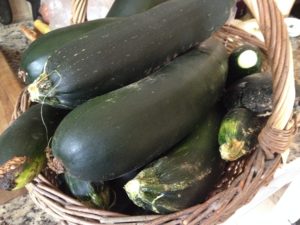
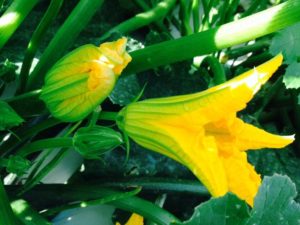
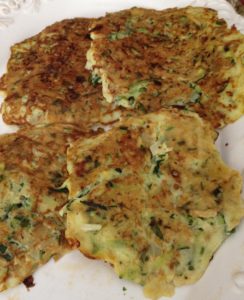


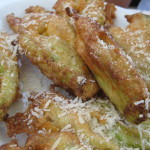
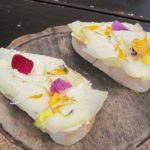

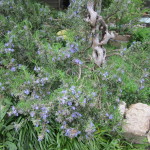

 L
L